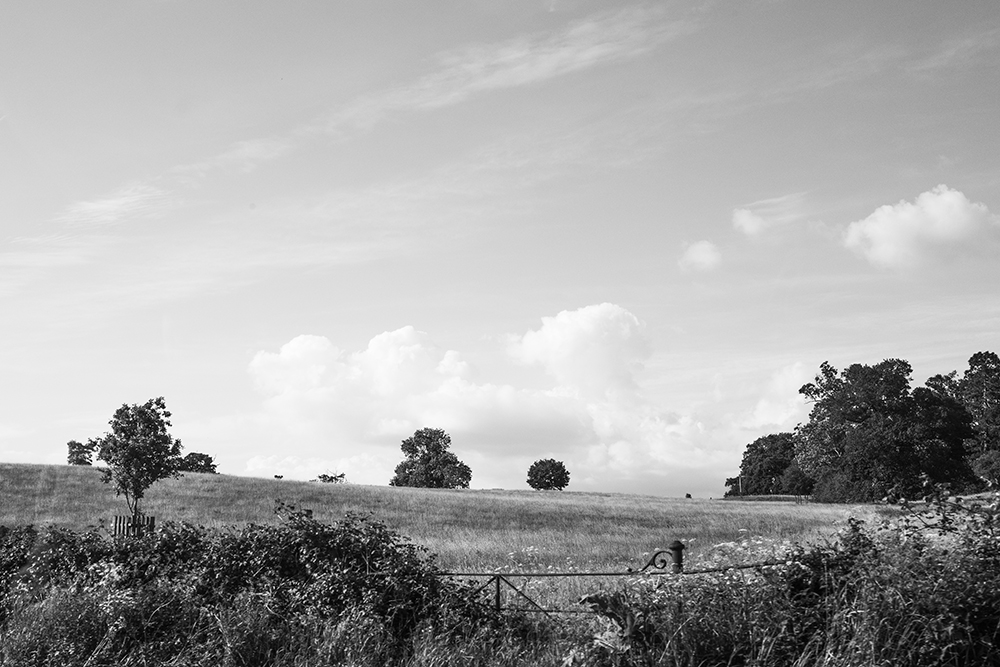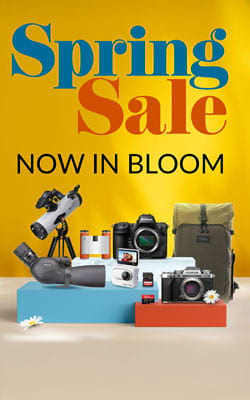Leica Q3 Review – Welcome to the Family
It’s been about 5 years since I said goodbye to my beloved Leica M8 and 35mm Summicron, I often reminisce about the simplicity of the design and the unmistakable tactile joy that it offered. I would reach for it every time I went somewhere because it was the most fun choice and made some fantastic photographs. Now with the Leica Q3, there is a compact camera that offers unmatched build and image quality in an extremely portable package.
Quick Recap
Back when the Q3 was released in 2023 we asked it three questions:
1. What’s changed?
- A new 60-megapixel Backside Illuminated Sensor
- The first Leica camera to use the Maestro IV engine
- Up to 15 stops of dynamic range
- The first Leica camera to have a tiltable screen
- A brighter, more detailed 5.76-million dot EVF
- State-of-the-art Phase Detection Auto Focusing and Contrast AF
- 8K Video with professional codecs
- Double the ISO range up to 100,000 ISO
- New Digital Frame Selection
- USB-C charging
- World’s first camera with wireless charging
2. Who is the Q3 for?
Somewhere in every photographer, there is a desire to own a Leica camera. Those after the Q3 are likely looking to upgrade from the Q or Q2, they may be looking for a compact travel companion with excellent features, or they may simply be looking for a beautiful camera that is easy to use.
3. What is it like?
You’ll just have to read the blog to find out…Three Questions for the Leica Q3

Welcome to the Family
The Leica Q3 is the newest edition to Leica’s Q family of cameras, designed to be an easy-to-use premium compact camera focused on empowering people to take beautiful images.
Built around 35mm full-frame 60-megapixel BSI CMOS with triple resolution pixel-binning technology, the Leica Q3 camera offers outstanding dynamic range in 60, 36 or 18 megapixels. Using a lower resolution reduces file size and increases dynamic range meaning you can choose what best suits your needs for the environment you’re in. The Q3 features the same 28mm f1.7 Summilux lens as the Q2 and original Q which can be combined with digital crop modes to find the frame you’re looking for. The 28mm lens resolves incredible details with Leica’s signature look and colour rendition.
Compared to the Leica Q2, the Q3 ushers in several improvements, it is the first Q camera to have phase detection autofocusing which improves the accuracy of both single point and tracking autofocus. While the new sensor has 13 megapixels more effective resolution than the Q2 sensor, the ability to change the resolution while gaining dynamic range is a huge benefit to the photographer and a unique selling point of this camera compared to previous models and its main competition.
5-Million Dot EVF
The electronic viewfinder resolution has been increased to 5.76 million dots which makes the whole viewing experience much easier on the eye and more natural to look at. An EVF is not just about the resolution of the display inside, the optical lenses which allow you to see the image play a crucial role in the clarity and brightness. Leica, being one of the longest-standing optic manufacturers, utilises high-quality glass elements in their EVF making the user experience the best as it can be.
Top Features
The build quality is exactly as you would expect from a Leica but there are a few notable features which deserve to be mentioned. Firstly, the action of twisting the lens barrel into the macro mode and watching the hyperfocal distance scales change in a smooth motion is both incredibly satisfying and really highlights Leica’s renowned German engineering.
And secondly, the door-less battery mechanism is one of the best designs in a modern camera in my opinion. It is perfectly machined to be seamless and flush with the base plate of the camera once locked in and requires you to press the battery in further to fully release it which prevents the battery falling out accidentally.
Ergonomic Handling
I used the Q3 with the optional wireless charging grip, brass thumb support and soft shutter release from Leica. The Q3 on its own already felt comfortable in my hands, however, the grip, thumb support and soft release all together do significantly improve the handling of the camera when you’re holding it all day long. All the accessories for the Q3 felt very solid and the function button extensions on the brass thumb support made them even easier to use.
Leaf Shutter Flash Synchro
The Q3 is not just for everyday snapshots and street photography though, the Q3’s lens has a feature that lets it do something very few other full-frame cameras can do. The 28mm f1.7 in front of the sensor has a leaf shutter which allows flash synchronisation at all of the camera’s shutter speeds, opening doors for photographers who know how to utilise a feature like this.

Leica Q3 – ISO 100, 1/125, F8
Get the Leica Look
The colours produced by the 28mm lens and 60-megapixel sensor are rich and true to life, exhibiting Leica’s longstanding commitment to photojournalism and capturing moments as they were. Details, colours and hues are represented faithfully with a beautiful clarity without looking surgically sharp or oversaturated. The different hues in the letters of the graffiti and bricks in the photo above perfectly demonstrate what matching a lens to a sensor can achieve. The Q3 is an ideal companion for anyone who needs the best quality possible in a compact camera.
The ‘Leica Look’ is achieved through Leica’s unique approach to optical design and the colour management of the data coming from the sensor. Leica offers a natural-looking colour profile with the right amount of contrast ideal for posting straight to websites or social media and the files also have excellent dynamic range so can be edited more dramatically if required.

Leica Q3 – ISO 100, 1/125, F8
Das Wesenliche
Leica’s motto of ‘Das Wesenliche’ or ‘The Essentials’ ensures all controls of the exposure triangle are within easy reach of the photographer. All the surfaces of the camera you interact with are machined from high-quality materials which inspires confidence in the longevity and durability of the camera. I particularly like the choice of grip material that Leica chooses for its cameras, something that becomes even more important the smaller a camera gets. The Q3 never felt like it was going to slip out of my hand while holding it which I cannot say for other compact cameras I’ve tried.
How does Monochrom Compare?
Comparing the Q3 to the Q2 Monochrom in terms of black and white image quality, the Q2 Monochrom without a doubt produces the world’s best black and white images in a compact camera, however, the Q3 is not far behind. The main advantage of the Q2 Monochrom is the dynamic range and its ability to fine-tune the subtlety or drama of your black-and-white photos. What the Q3 offers is an excellent monochrome option straight out of the camera with just the right amount of everything dialled in so you don’t have to do anything if you don’t want to. The Q3 and Q2 Monochrom have their own distinct personalities while being very close siblings, offering something for everyone.

Q2 Monochrom – ISO 400, 1/2000, F8
Conclusion
The Leica Q3 is a significant advancement in the Q family, combining premium build quality, exceptional image performance, and innovative features in a compact form. With its 60-megapixel sensor, improved autofocus, and versatile triple-resolution technology, it caters to photographers seeking high dynamic range and detailed images. The camera's ergonomics, enhanced electronic viewfinder, and thoughtful design elements, such as the macro mode and doorless battery, contribute to a satisfying user experience. While the Q3 excels in colour photography, it also offers strong monochrome capabilities, making it a versatile choice for anyone in need of a high-quality compact camera.
Ready to make the leap?
The Leica Q3 is available to buy on our website here:
Read next
Thank you!
Thanks for taking the time to read our blog, we really do hope they help you out and answer some of your questions. If you still have some unanswered, then please feel free to get in touch with our team of experts.
We have a LiveChat option on our website and we can, of course, be contacted via our email, we're also on the end of the phone too! Read more on how to contact us here >
Want to write for us?
If you've got experience with producing content on photo, video and/or optics products or techniques then we would love to hear from you. Contact our blog editor, Bea, with a sample of your work at bea@cliftoncameras.co.uk.
- By Alex Mitchell
- 30 Aug 2024































































